The History of Dumpling Makers
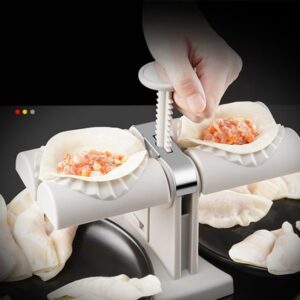
In the realm of culinary delights, few dishes hold as much cultural significance and global appeal as dumplings. These delectable pockets of flavor have graced tables across continents for centuries, with each culture infusing its unique twist into the art of dumpling-making. Today, let’s embark on a fascinating journey through time as we delve into the history of dumpling makers.
Origins of Dumplings
The story of dumplings can be traced back to ancient times, with various cultures independently developing their own versions. Chinese dumplings, known as “Jiaozi,” are often considered the earliest forms, dating back more than 1,800 years. These early dumplings were simple, filled with minced meat and vegetables, and steamed or boiled.
European Dumplings
In medieval Europe, dumplings took on a different form, with ingredients like breadcrumbs, flour, and suet coming together to create savory delights. Dumplings became staples in European cuisines, with each region boasting its unique variations – from Italian gnocchi to German knödel.
Dumplings Across Asia
As trade routes expanded, so did the influence of dumplings. Japanese gyoza, Korean mandu, and Nepalese momo all showcase the diversity of ingredients and techniques used in dumpling-making across Asia. The artistry involved in folding and shaping these delicacies became a revered skill passed down through generations.
The Birth of Dumpling Makers
In the early days, crafting dumplings was a hands-on affair. Skilled hands were the primary tools, molding the dough and filling with precision. However, as demand grew and culinary techniques evolved, the need for specialized tools arose.
(a) The Emergence of Dumpling Molds
The first semblance of dumpling makers as we know them today came into existence in China during the Tang Dynasty. Wooden molds, intricately carved with decorative patterns, facilitated the creation of uniform dumplings. These early molds were a testament to the craftsmanship of the artisans who understood the importance of both aesthetics and function.
(b) Spread of Dumpling-Making Tools
As dumplings spread across continents, so did the need for efficient dumpling-making tools. In Europe, dumpling presses made of wood or metal gained popularity, streamlining the process of creating consistent shapes. These tools not only increased productivity but also allowed for more intricate and delicate designs.
Evolution of Dumpling Makers
Dumplings, with their diverse origins and intricate craftsmanship, have witnessed a fascinating evolution in the tools used for their creation. The journey of dumpling makers from ancient handcrafted implements to modern, innovative gadgets is a testament to the ever-changing landscape of culinary technology
(a) Industrial Revolution Impact
The Industrial Revolution marked a significant turning point in the evolution of kitchen gadgets, including dumpling makers. With the advent of metalworking and manufacturing processes, dumpling makers became more accessible to households. This transition from handmade to machine-assisted dumpling-making marked a shift in both efficiency and design.
(b) Innovation in Materials
The 20th century saw further innovation in the materials used for dumpling makers. Traditional wooden and metal molds gave way to more durable and hygienic materials like stainless steel and plastic. These materials not only enhanced the longevity of the tools but also facilitated easier cleaning and maintenance.
(c) Electric Dumpling Makers: A Modern Marvel
In recent decades, technology has made its mark on the world of dumpling makers. Electric dumpling makers, equipped with automated folding and sealing mechanisms, have become popular in both commercial kitchens and households. These gadgets save time and effort, allowing chefs and home cooks alike to produce a large quantity of dumplings with precision and speed.
The Art of Dumpling Making: Techniques and Tips
Dumpling making is more than a culinary endeavor; it’s an art form that requires finesse, precision, and a deep understanding of the craft. As we embark on the journey of creating these delectable pockets of flavor, let’s delve into the artistry behind dumpling making with essential techniques and tips.
(a) Perfecting the Dough
Whether you’re crafting traditional Chinese dumplings or European pierogi, the foundation lies in the dough. Achieving the ideal balance of flour, water, and sometimes egg is crucial for the texture and flavor of the dumpling. Experiment with different types of flour and hydration levels to find the perfect consistency.
(b) Mastering the Filling
The filling is the heart of any dumpling, and the possibilities are endless. From savory pork and cabbage to sweet fruit fillings, the key is achieving a harmonious blend of flavors and textures. Experiment with ingredient combinations to create your signature dumpling masterpiece.
(c) Choosing the Right Dumpling Maker
Selecting the right dumpling maker is essential for a seamless cooking experience. Traditionalists may prefer handcrafted wooden molds for their nostalgic charm, while those seeking efficiency might opt for modern electric dumpling makers. Consider your preferences, cooking style, and the volume of dumplings you intend to make.
Dumpling Makers in the 21st Century
In today’s globalized world, dumplings continue to evolve, embracing diverse culinary influences. Fusion dumplings that blend traditional techniques with innovative ingredients have become a culinary trend, captivating the palates of food enthusiasts worldwide.
Artisanal Dumpling Makers
The resurgence of artisanal craftsmanship has brought about a renewed appreciation for handmade dumplings. Artisanal dumpling makers, often crafted by skilled artisans, celebrate the beauty of tradition while catering to a discerning audience that values craftsmanship and authenticity.
Conclusion
In the grand tapestry of culinary history, dumplings stand out as a unifying thread that connects cultures, generations, and kitchens worldwide. The journey of dumpling makers, from ancient handcrafted tools to modern electric marvels, mirrors the ever-evolving nature of gastronomy. As we savor the delightful taste of dumplings, let us also savor the rich history and craftsmanship that goes into creating these timeless culinary treasures.


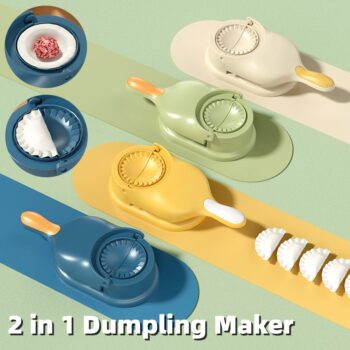

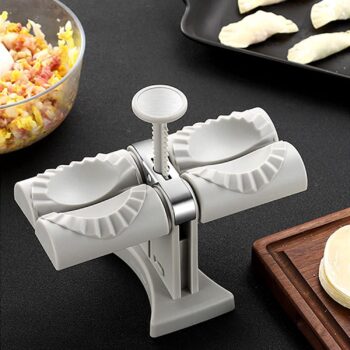
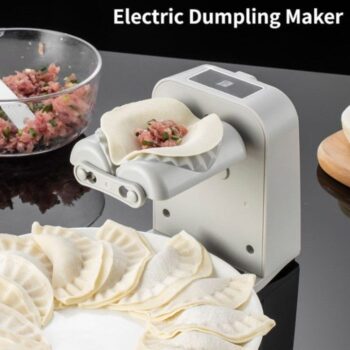
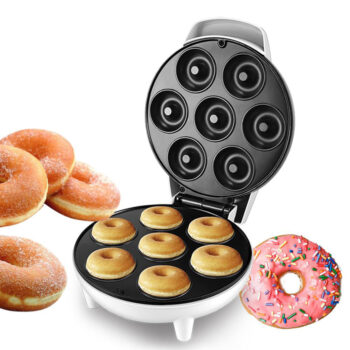



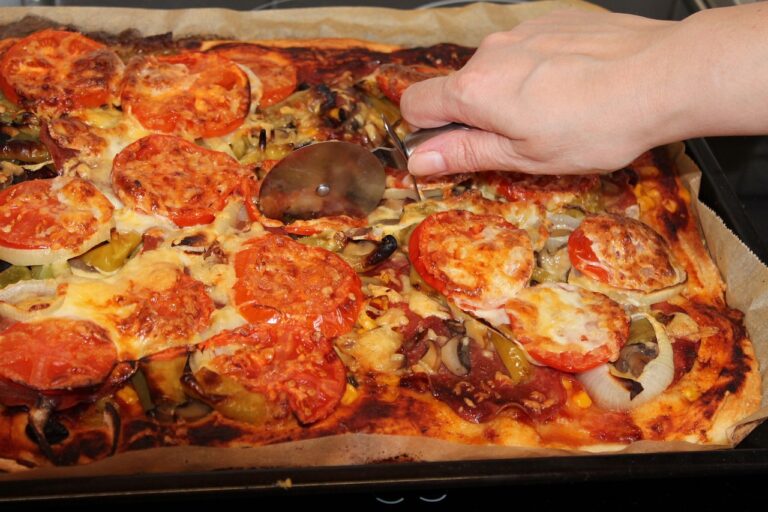
Leave a comment